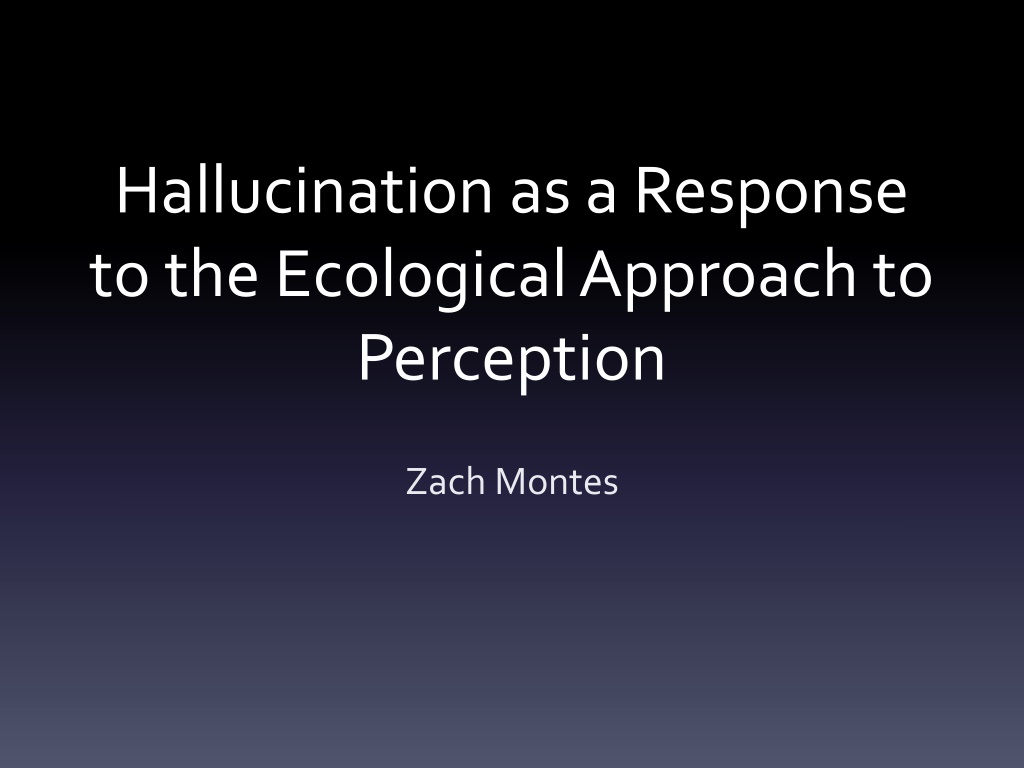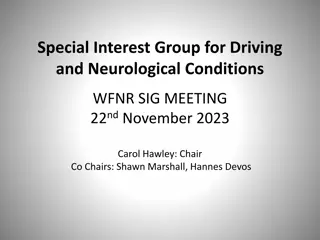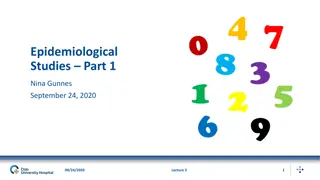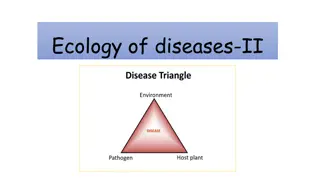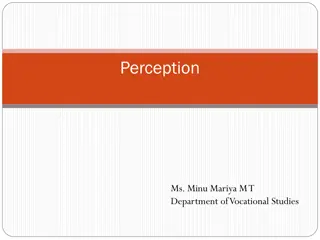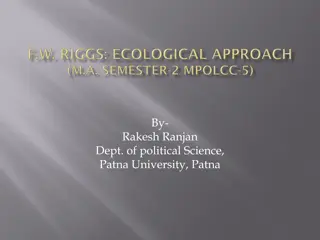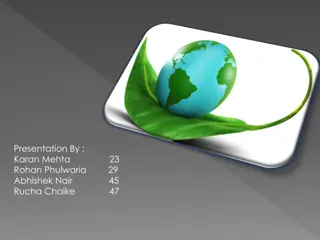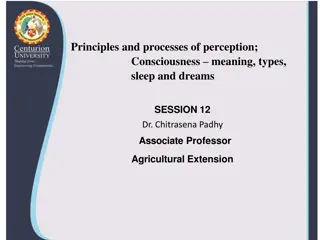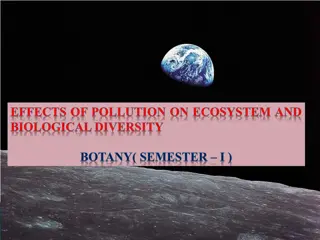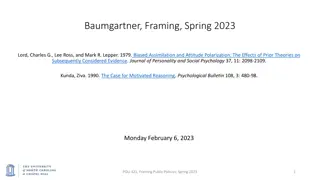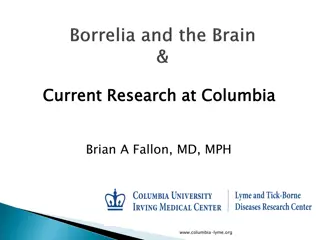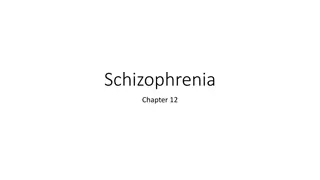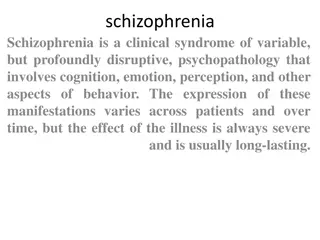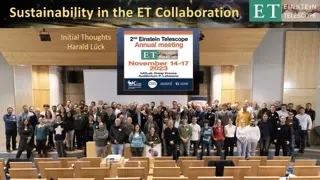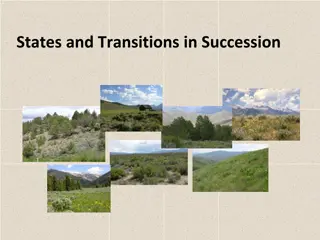Understanding Hallucinations through Ecological Perception and Neurological Evidence
Exploring the phenomenon of hallucinations in relation to the ecological approach to perception, direct vs. indirect realism, and the concept of affordances in visual perception. Delving into the types of hallucinations, such as visual and complex hallucinations, and conditions like Charles Bonnet Syndrome and sensory deprivation. The discussion includes the integration of physics and light dynamics in explaining hallucinations and the role of neurological evidence in understanding their existence.
- Hallucinations
- Ecological Perception
- Neurological Evidence
- Visual Perception
- Charles Bonnet Syndrome
Download Presentation

Please find below an Image/Link to download the presentation.
The content on the website is provided AS IS for your information and personal use only. It may not be sold, licensed, or shared on other websites without obtaining consent from the author. Download presentation by click this link. If you encounter any issues during the download, it is possible that the publisher has removed the file from their server.
E N D
Presentation Transcript
Hallucination as a Response to the Ecological Approach to Perception Zach Montes
Direct vs Indirect Realism Realism: Reality exists independently from our minds Mind-Body Problem Indirectly perceive via mental representation Directly perceive without it
Ecological Perception Influenced by Empiricism, Gestalt Psychology Designed theory based on interaction with environment Focused on Visual Perception Affordances: actions that objects allow you to take James J Gibson
How It Explains Hallucinations Integrates physics and light dynamics Explains optical illusions very well Denies the existence of hallucinations Working with a lack of physical evidence
My Argument Using current techniques and technology, we now have neurological evidence linked to the existence of hallucinations If perception exists without mind-independent stimuli, hallucinations are internally generated and understood as mental representations
What is a Hallucination A strictly sensational form of consciousness, as good and true a sensation as there were a real object there. The object happens not to be there, that is all. William James, 1890
Types of Hallucinations There is no coherent taxonomy of hallucinations Visual Hallucinations Simple and Complex Hallucinations Meta-awareness, cognizant there is no external stimulus
Charles Bonnet Syndrome Failing eyesight or non- congenitally blind Patients are mentally healthy Lack of input leads to spontaneous release of neurotransmitters
Sensory Deprivation Total visual deprivation Hallucinations include faces, people, integrated scenes of animals in landscapes Occipital and Ventral pathways involved
Migraine Hallucinations Neurons are initially hyperexcitable, followed by cortical spreading depression Evidence suggesting autonomous pattern formation in visual cortex Bayesian theory and top-down control
Back to Gibsons Approach Even though exact pathways are not known, hallucinations do occur Perception without mind-independent objects People who hallucinate are perceiving mental representations
However, wrong unhelpful Gibson s work about optic flow Contemporary research in Artificial Intelligence Development of theory in which the observer and environment form an inseparable system
Future Directions Continued research on hallucinations Development of new perceptual theories leads to advances in technology in addition to academic pursuits Integration of direct and indirect perception in perceptual theories
References Adolph, K., & Kretch, K. (2015). Gibson's theory of perceptual learning. Wrigh, J.D. (Ed.), International Encyclopedia of the Social & Behavioral Sciences. 127 134. doi: 10.1016/B978-0-08-097086-8.23096-1. Billock, V. A., & Tsou, B. H. (2012). Elementary visual hallucinations and their relationships to neural pattern-forming mechanisms. Psychological Bulletin, 138(4), 744-774. doi: 10.1037/a0027580 Collerton, D., Mosimann, U. P., & Perry, E. K. (2015). The neuroscience of visual hallucinations. Chichester, West Sussex, UK: Wiley Blackwell. Ffytche, D. H. (2005). Visual hallucinations and the charlesbonnet syndrome. Current Psychiatry Reports, 7(3), 168-179. doi: 10.1007/s11920-005-0050-3
References Fish, W. (2004). The Direct/Indirect Distinction in Contemporary Philosophy of Perception. Essays in Philosophy, 5(1). Gibson, J. J. (1979). The Theory of Affordances. In The Ecological Approach to Visual Perception, 127-143. New York, NY: Taylor & Francis Group. Guberman, S., Maximov, V. V., & Pashintsev, A. (2012). Gestalt and image understanding. Gestalt Theory. 34(2). 143-166 James, W. (1890). The Perception of Things. The Principles of Psychology (pp. 115). doi: 10.1037/11059-000 Jenkins, H. S. (2008). Gibson s Affordances : Evolution of a Pivotal Concept. Journal of Scientific Psychology, December, 34-45. Ka ufer, S., & Chemero, A. (2015). Phenomenology: An Introduction. Cambridge: Polity. http://www.azquotes.com/author/41745-James_J_Gibson
